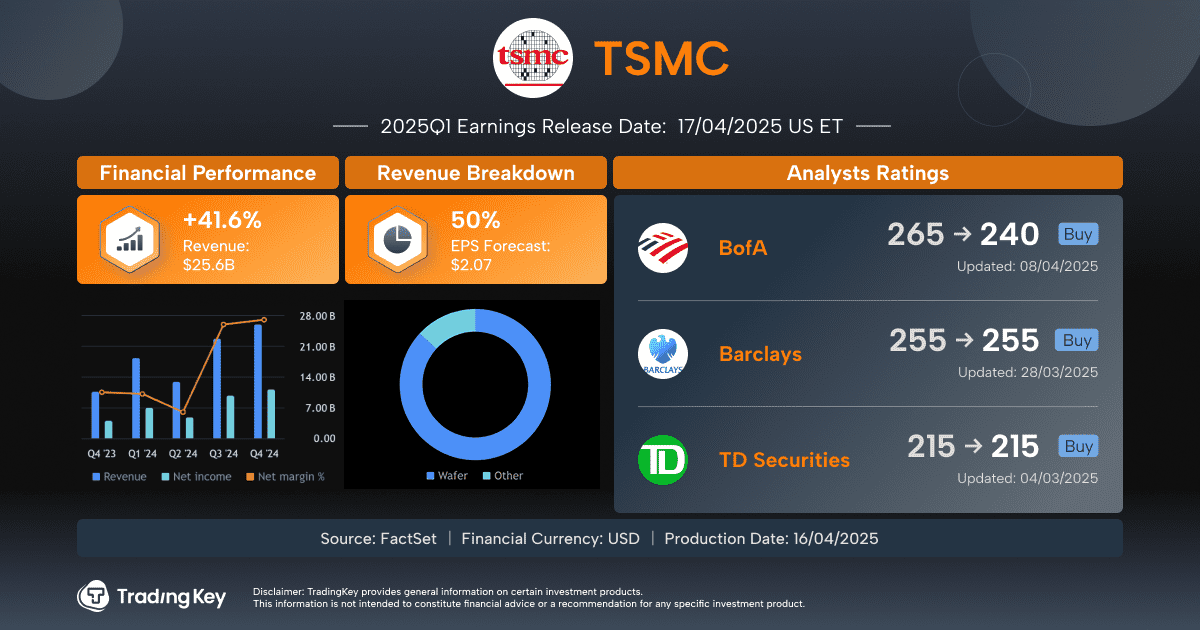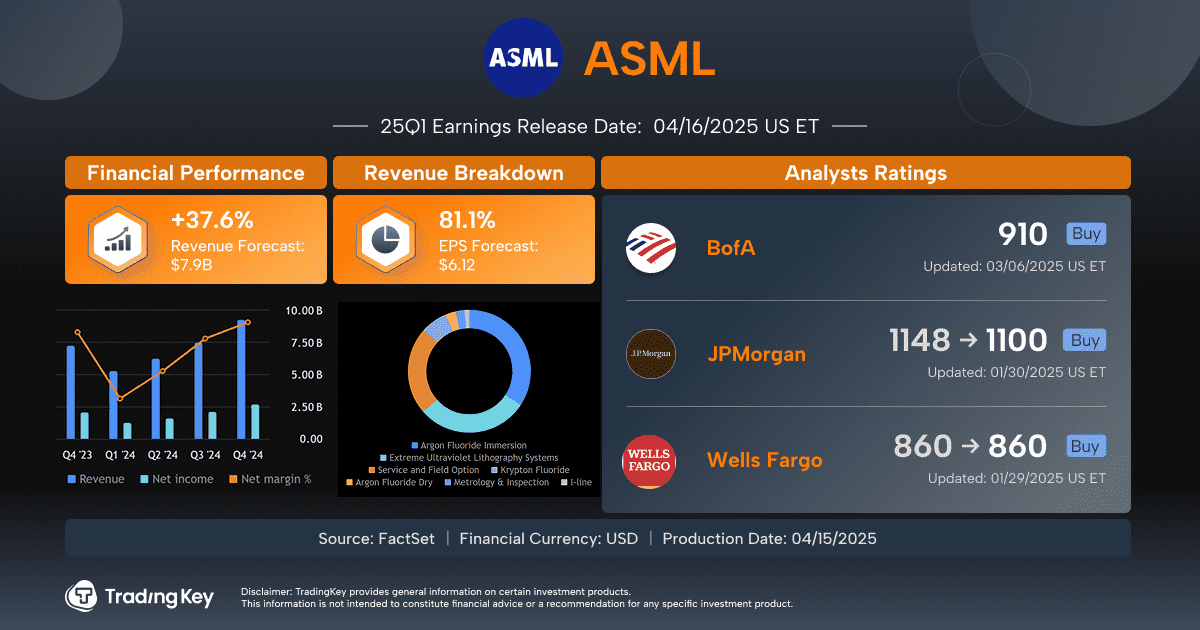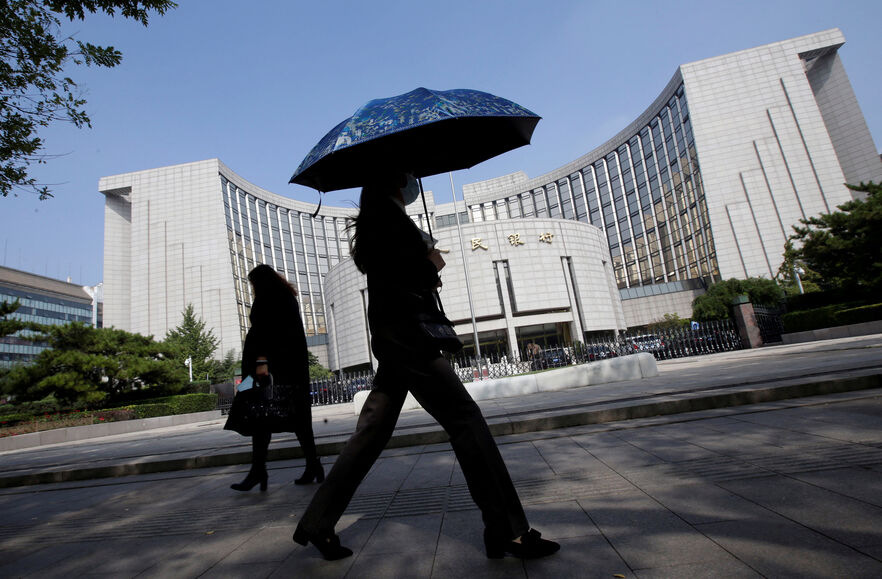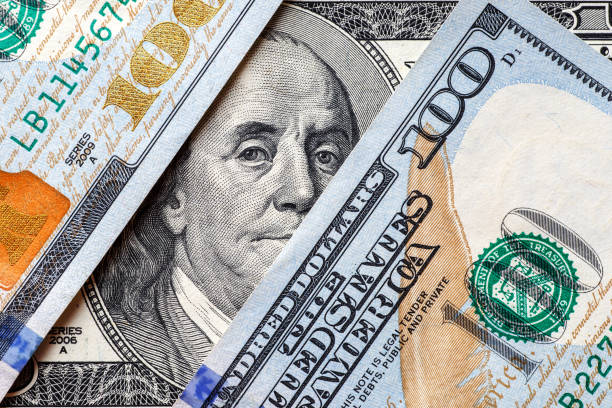EUR/GBP climbs toward 0.8600 amid growing hopes of easing trade tensions

- EUR/GBP edges higher as Trump’s remarks boost optimism over easing trade tensions.
- The European Commission is readying retaliatory tariffs of up to 25% on €22.1 billion worth of US exports.
- Expectations for monetary easing have strengthened, with markets now fully pricing in a rate cut in May.
EUR/GBP continues its upward momentum for a fifth consecutive session, trading near 0.8600 during Wednesday’s European hours. The currency cross is buoyed by improving global trade sentiment after US President Donald Trump signaled a willingness to negotiate with international partners, raising hopes of de-escalating trade tensions. US Treasury Secretary Scott Bessent added to the optimism, revealing that nearly 70 countries have reached out to discuss tariff measures.
Despite the upbeat tone, the European Commission (EU) is preparing retaliatory tariffs of up to 25% on US exports worth about €22.1 billion. In a recent discussion with Chinese Premier Li Qiang, Commission EU President Ursula von der Leyen proposed a "negotiated resolution" to the "widespread disruption" caused by US tariffs.
Moreover, dovish expectations for the European Central Bank (ECB) may weigh on the Euro. Policymakers, including Italy’s Piero Cipollone, France’s François Villeroy de Galhau, and Greece’s Yannis Stournaras, have signaled support for further monetary easing. Ahead of a key meeting of Eurozone finance ministers in Warsaw on Friday, Stournaras emphasized that new tariffs wouldn’t derail an expected April rate cut, estimating a potential 0.3%–0.4% drag on Eurozone GDP in the first year.
The upside of the EUR/GBP cross could be limited as the Pound Sterling (GBP) is finding support from rising UK gilt yields, with the 10-year yield hovering around 4.66%. While US tariffs pose risks, the UK’s limited 10% exposure and potential to replace disrupted suppliers could cushion the blow. The UK government expects the direct GDP impact to be less than 0.1%.
Meanwhile, expectations for Bank of England (BoE) rate cuts have firmed. Markets are now fully pricing in a rate cut in May—up from 50% earlier—and anticipate three cuts by the end of 2025.
Tariffs FAQs
Tariffs are customs duties levied on certain merchandise imports or a category of products. Tariffs are designed to help local producers and manufacturers be more competitive in the market by providing a price advantage over similar goods that can be imported. Tariffs are widely used as tools of protectionism, along with trade barriers and import quotas.
Although tariffs and taxes both generate government revenue to fund public goods and services, they have several distinctions. Tariffs are prepaid at the port of entry, while taxes are paid at the time of purchase. Taxes are imposed on individual taxpayers and businesses, while tariffs are paid by importers.
There are two schools of thought among economists regarding the usage of tariffs. While some argue that tariffs are necessary to protect domestic industries and address trade imbalances, others see them as a harmful tool that could potentially drive prices higher over the long term and lead to a damaging trade war by encouraging tit-for-tat tariffs.
During the run-up to the presidential election in November 2024, Donald Trump made it clear that he intends to use tariffs to support the US economy and American producers. In 2024, Mexico, China and Canada accounted for 42% of total US imports. In this period, Mexico stood out as the top exporter with $466.6 billion, according to the US Census Bureau. Hence, Trump wants to focus on these three nations when imposing tariffs. He also plans to use the revenue generated through tariffs to lower personal income taxes.





